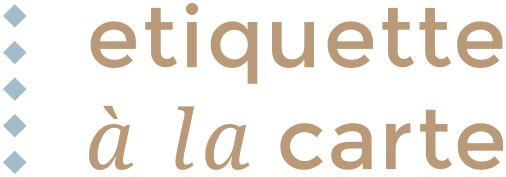Culture Shock
With a gesture, Marieke switched off the radio. She felt lonely now that Sinterklaas had come back to The Netherlands. On NPO Radio 1 it had been like ‘smelling’ the Pepernoten – those tiny spiced cookies the Dutch were so fond of at Saint-Nicolas. Ten years of marriage with Pierre, her French husband, had changed her life, in France of course but even more since they had settled down in Bergen. Both Jonathan and Elsa were born in Norway and looked so happy when playing with the nordic kids at the local school. Initially she had thought that living in a similar culture would have been easier than life in Paris which, unfortunately proved to be wrong. Even if Scandinavian people stood pretty close to her own values, when talking about Dutch traditions Marieke could feel some sympathy but not the comprehension she longed for. Probably the fate of expatriates who, far from home and their relatives, every now and then felt isolated and confused, like Marieke today.
Many if not most of the expatriates suffer one day from what anthropologist Dr Kalervo Oberg (1901 – 1973) defined as Culture Shock. For Oberg, born to Finnish parents in Canada but to spend most of his life in the USA, Culture Shock is the disorientation a person feels when facing an unfamiliar way of life due for instance, to immigration. Marieke didn’t always feel at ease in her new culture particularly at the end of the year, when she felt homesick.
Oberg developed a theory about the four phases of Culture Shock, the first one being Honeymoon – that’s when Marieke considered life in Paris and Bergen being a challenge. She felt happy then, no time left to worry about Dutch traditions. In the second phase expats are faced, however, with a sort of Regression, a state that can come back regularly, like to Marieke who, a couple of times, had gone back to The Netherlands to celebrate Sinterklaas with her relatives. Everything Dutch became irrationally glorified to her. In the third phase of Adjustment Marieke accepted that their kids grew up with their two Norwegian Christmas creatures, goat Julebukk and Jul Nisse. Finally the fourth phase is one of Recovery, when Marieke ended up enjoying the Norwegian way of celebrating Christmas.
The symptoms of Culture Shock vary. Like on those days when Marieke felt frustrated to the point of showing an aggressive attitude to her Norwegian acquaintances in particular when she didn’t get any support. It made her suffering from a headache or skin allergy. Or she became angry with her husband who never missed to notice her excessive concern over food or her absent-minded stare. ‘Your home is with us, chérie’ was all he said.
When that evening Marieke read in the newspaper that the huge Christmas tree on Trafalgar Square was every year a gift from the people of Norway to the citizens of London, she was proud to live in a country that reminded the world of Britain’s support for Norway during World War II. ‘And that since 1947, what a wonderful tradition!’ she thought.

